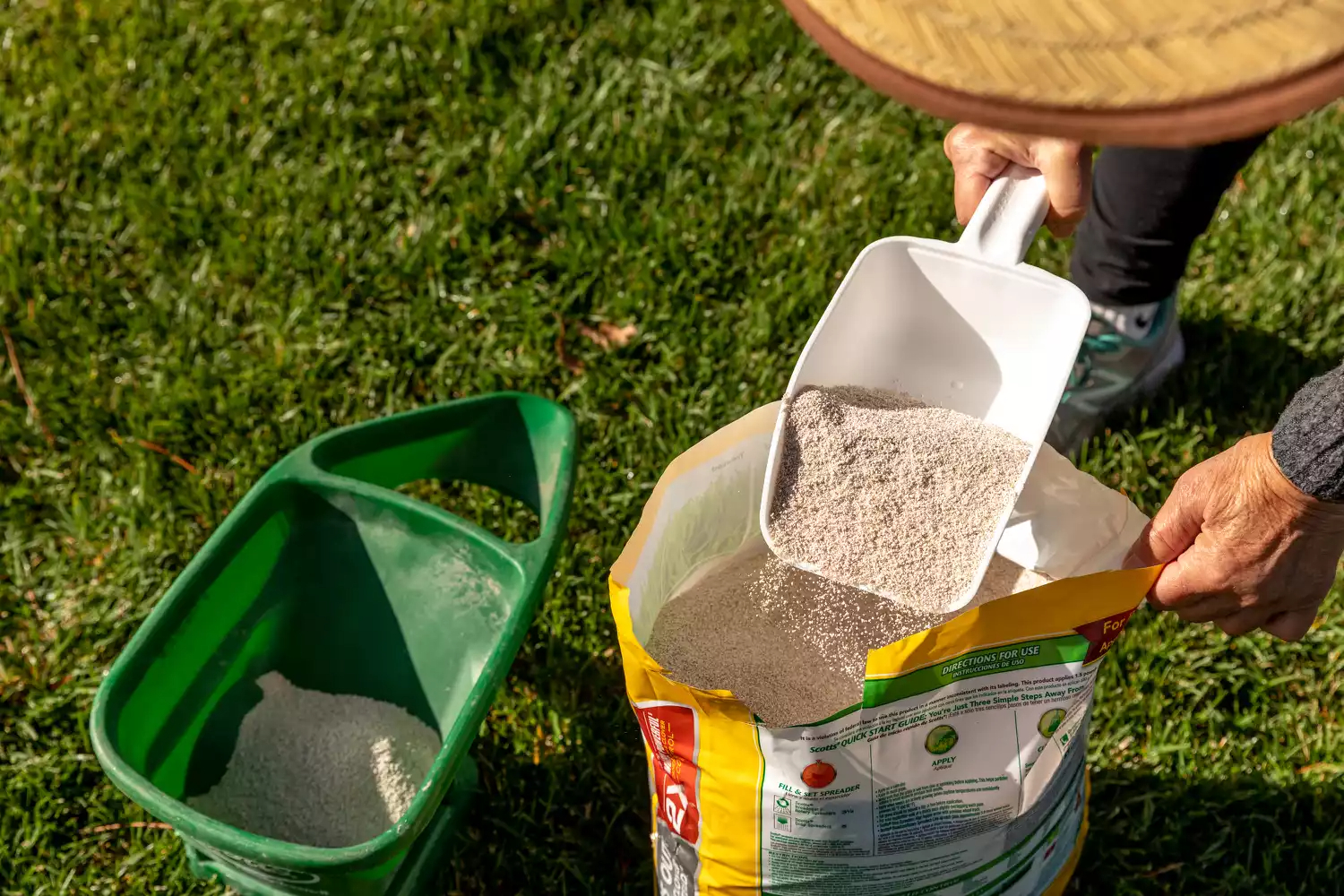

Articles
What Fertilizer To Use In Fall
Modified: January 26, 2024
Discover the best articles on what fertilizer to use in fall to promote healthy plant growth and prepare for the upcoming season.
(Many of the links in this article redirect to a specific reviewed product. Your purchase of these products through affiliate links helps to generate commission for Storables.com, at no extra cost. Learn more)
Introduction
As the leaves start to change colors and the temperature begins to cool, many homeowners may be inclined to think that their lawn care duties are coming to an end. However, fall is actually a crucial time to ensure the health and vitality of your lawn. One essential aspect of fall lawn care is the application of fertilizer.
Fall fertilization plays a vital role in preparing your lawn for the dormant winter months and jump-starting its growth in the coming spring. By providing your lawn with the right nutrients at this time, you can ensure that it remains healthy, strong, and vibrant throughout the year.
Choosing the correct fertilizer for fall application is crucial. Different fertilizers contain varying combinations of essential nutrients that cater to different lawn needs. Understanding these factors will enable you to make an informed decision and achieve the best results.
In this article, we will explore the importance of fall fertilization, the factors to consider when selecting a fall fertilizer, the types of fertilizers suitable for this season, and the benefits of using fall fertilizer. By the end, you will have a comprehensive understanding of fall fertilization and be well-equipped to give your lawn the care it deserves.
Key Takeaways:
- Fall fertilization is essential for promoting root development, winter hardiness, and early spring green-up. Choosing the right fertilizer and applying it with proper timing and techniques can lead to a lush and resilient lawn.
- While fall fertilization offers numerous benefits, it’s important to be mindful of potential risks such as overfertilization, environmental impact, and local regulations. Following best practices and precautions ensures a healthy lawn and a sustainable environment.
Read more: What Fertilizer To Use For A Fall Lawn Care
Importance of Fall Fertilization
Fall fertilization is a crucial step in the overall lawn care routine for several reasons. First and foremost, it replenishes the essential nutrients that may have been depleted during the hot summer months. By supplying your lawn with the necessary nutrients in the fall, you are ensuring that it has the resources it needs to recover from any stressors and stay healthy during the dormant winter period.
Another significant benefit of fall fertilization is that it helps to strengthen the root system of your grass. As the temperatures cool down, the grass focuses more on root development rather than above-ground growth. By providing extra nutrients during this time, you are supporting the growth and resilience of the roots. Stronger roots result in a healthier and more drought-tolerant lawn, which is essential for the long-term health of your grass.
Fall fertilization also aids in the prevention of weed growth. Weeds tend to be more active during the spring and summer months, competing with your lawn for resources. By applying fertilizer in the fall, you are giving your grass a competitive advantage, as it can absorb the nutrients and grow stronger, thereby limiting the space for weeds to flourish.
In addition to promoting overall lawn health, fall fertilization also sets the stage for a vibrant and lush lawn in the spring. By providing the necessary nutrients, you are giving your grass a head start in its growth cycle when the warmer weather returns. This jump-start can result in a thicker, greener lawn that will be the envy of your neighbors.
Overall, fall fertilization plays a critical role in maintaining the health, resilience, and beauty of your lawn. It ensures that your grass is well-nourished, able to withstand the winter months, and ready to thrive come springtime.
Factors to Consider for Fall Fertilizer
When selecting a fertilizer for fall application, there are several key factors to consider to ensure that you choose the right one for your lawn’s specific needs. These factors include the nutrient requirements of your grass, the soil composition, and any specific issues or challenges you may be facing in your lawn.
1. Nutrient Requirements: Different types of grass have varying nutrient requirements. Understanding the specific needs of your grass will help you select a fertilizer with the right balance of nutrients. Nitrogen, phosphorus, and potassium are the three primary nutrients required by grass, commonly referred to as NPK. Most grasses require a higher ratio of nitrogen in the fall to promote root development and storage of carbohydrates for the winter.
2. Soil Composition: The composition of your soil plays a significant role in determining which type of fertilizer will be most effective. Take a soil test to determine the pH level and nutrient content of your soil. This information will guide you in selecting a fertilizer that can address any deficiencies or imbalances present in your soil.
3. Specific Lawn Issues: If you are dealing with specific lawn issues, such as a patchy lawn or excessive thatch buildup, you may need to consider specialized fertilizers. For example, a fall fertilizer with added components like iron can help with greening up a patchy lawn. Additionally, if your lawn has a thatch layer that is too thick, a fertilizer with lower nitrogen content and a higher phosphorus concentration can encourage microbial activity and break down the thatch layer.
4. Climate and Region: Your climate and region can influence the timing and selection of fall fertilizer. Before applying fertilizer, consider the average first frost date in your area. Applying fertilizer too late in the fall can result in excessive top growth and make your lawn more susceptible to winter damage. Furthermore, regional differences in soil types and grass varieties can also impact the choice of fertilizer that will work best for your lawn.
By considering these factors, you can make an informed decision when selecting a fall fertilizer that meets the specific needs of your lawn. Taking the time to understand your grass’s nutrient requirements, soil composition, and any specific issues will ensure that you choose a fertilizer that will promote optimal growth and health for your lawn.
Types of Fertilizers Suitable for Fall
When it comes to selecting a fertilizer for fall application, there are various types to choose from. Each type has its own composition and nutrient ratios that cater to different lawn needs. Here are some common types of fertilizers that are suitable for fall:
1. Nitrogen-based Fertilizers: Nitrogen is an essential nutrient for promoting healthy leaf and shoot growth. In the fall, grasses benefit from a higher nitrogen concentration to support root development and carbohydrate storage. Look for a fertilizer with a higher nitrogen content, such as a blend of quick-release and slow-release nitrogen sources. Quick-release nitrogen provides an immediate boost, while slow-release nitrogen ensures long-term nutrient availability.
2. Phosphorus-based Fertilizers: Phosphorus is crucial for root development, energy transfer, and overall plant health. Although grass requires less phosphorus than nitrogen, it is still an important nutrient to consider. If your soil test reveals a phosphorus deficiency, choose a fertilizer with a higher phosphorus concentration. However, be mindful of local regulations regarding phosphorus usage, as excessive phosphorus runoff can contribute to water pollution.
3. Potassium-based Fertilizers: Potassium, also known as potash, plays a vital role in stress tolerance, disease resistance, and winter hardiness. In the fall, a potassium-rich fertilizer can help enhance your lawn’s ability to withstand winter conditions. Look for fertilizers labeled with a higher potassium (K) percentage to ensure your grass is adequately supplied with this essential nutrient.
4. Organic Fertilizers for Fall Application: If you prefer a more natural approach, organic fertilizers are a great option. Organic fertilizers are derived from natural sources such as compost, manure, and bone meal. These fertilizers slowly release nutrients to the soil, providing long-term benefits to your lawn. Organic fertilizers also improve soil quality by promoting microbial activity and enhancing nutrient retention.
5. Choosing the Right Fertilizer Ratio: Fertilizer ratios are represented by a series of numbers, such as 10-5-5 or 20-10-10, representing the percentage of nitrogen (N), phosphorus (P), and potassium (K) respectively. For fall application, look for fertilizers with a higher nitrogen content (the first number). Ratios like 25-5-10 or 18-6-12 are suitable for promoting root growth and carbohydrate storage during the cooler months.
Consider your lawn’s specific needs, including soil composition, nutrient deficiencies, and grass type, when choosing a fertilizer type and ratio. This will ensure that your lawn receives the necessary nutrients to thrive during the fall season and beyond.
Nitrogen-based Fertilizers
Nitrogen is a key nutrient for promoting vigorous and healthy plant growth, making nitrogen-based fertilizers a popular choice for fall lawn care. During the fall, the focus shifts from top growth to root development and carbohydrate storage. Nitrogen plays a crucial role in supporting these processes, ensuring that your grass stays healthy and resilient throughout the winter.
When selecting a nitrogen-based fertilizer for fall application, there are a few different options to consider:
1. Quick-release Nitrogen: Quick-release nitrogen fertilizers, also known as soluble or water-soluble nitrogen, provide an immediate boost of nutrients to your lawn. These fertilizers are rapidly absorbed by the grass, promoting quick growth and green-up. Quick-release nitrogen is especially beneficial when you want to give your lawn a visible improvement before the onset of winter. However, it is important to use quick-release nitrogen carefully, as excessive use can lead to nutrient leaching and environmental pollution.
2. Slow-release Nitrogen: Slow-release nitrogen fertilizers deliver nutrients to your lawn over an extended period of time. These fertilizers are designed to release nitrogen gradually, providing a steady supply of nutrients to support long-term growth and health. Slow-release nitrogen is an ideal choice for fall fertilization, as it ensures that your grass receives a continuous supply of nutrients even during cooler weather conditions. Additionally, slow-release fertilizers help minimize the risk of nutrient runoff and can enhance nutrient uptake efficiency.
3. Controlled-release Nitrogen: Controlled-release nitrogen fertilizers, also known as coated or timed-release fertilizers, have a protective coating that regulates the release of nitrogen. These fertilizers deliver nutrients based on specific triggers like temperature, microbial activity, or moisture levels. Controlled-release nitrogen fertilizers provide a balanced and consistent nutrient supply for your lawn, ensuring optimal growth and health. These fertilizers are particularly beneficial for fall application as they support the gradual growth and development of root systems.
When using nitrogen-based fertilizers in the fall, it is recommended to opt for a higher nitrogen content in the fertilizer ratio. This will provide the necessary nutrients to support root development and carbohydrate storage. It is important to follow the manufacturer’s instructions for application rates and timings to avoid over-application, which can lead to environmental issues.
Remember to consider the specific needs of your lawn, such as grass type, soil composition, and any nutrient deficiencies, when selecting a nitrogen-based fertilizer. By providing your lawn with the right amount of nitrogen during the fall season, you are ensuring that it receives the necessary nutrients to thrive and remain healthy throughout the dormant winter period.
Phosphorus-based Fertilizers
Phosphorus is an essential nutrient for promoting root development, energy transfer, and overall plant health. While grass requires less phosphorus compared to nitrogen or potassium, it is still an important nutrient to consider when selecting a fertilizer for fall application.
When looking for phosphorus-based fertilizers, there are a few options to consider:
1. Balanced Fertilizers: Balanced fertilizers are those that contain a relatively equal ratio of nitrogen, phosphorus, and potassium (NPK). These fertilizers provide all three essential nutrients in balanced amounts. While they may not have a very high phosphorus concentration, they can still meet the phosphorus needs of your lawn if there are no phosphorus deficiencies identified in your soil test.
2. Starter Fertilizers: Starter fertilizers are specifically designed to promote root development and establishment. They typically have a higher phosphorus concentration compared to other nutrients to support strong root growth. Starter fertilizers are often recommended when establishing or overseeding a new lawn in the fall. The increased phosphorus content helps the roots develop quickly, giving your grass a solid foundation.
3. Phosphorus Supplements: In some cases, a soil test may reveal a phosphorus deficiency in your lawn. If this is the case, you may need to consider applying a phosphorus supplement to address the deficiency. Phosphorus supplements are typically available in granular or liquid form and can be applied directly to the lawn to provide the necessary boost of phosphorus.
It is important to note that in some areas, there may be regulations regarding the use of phosphorus-based fertilizers. Excessive phosphorus runoff can contribute to water pollution, so it’s essential to follow local regulations and apply phosphorus-based fertilizers only when necessary.
When applying phosphorus-based fertilizers in the fall, it is crucial to follow the manufacturer’s instructions for the recommended application rates. Over-application of phosphorus can lead to nutrient imbalances and potential harm to the environment. Additionally, before using any phosphorus-based fertilizer, it is advisable to conduct a soil test to determine the phosphorus levels in your soil and make an informed decision about the need for additional phosphorus supplementation.
By considering the specific needs of your lawn and soil in relation to phosphorus, you can choose the right fertilizer to support the health and development of your grass, ensuring strong root growth and overall plant vitality.
Potassium-based Fertilizers
Potassium, also known as potash, is an essential nutrient that plays a vital role in promoting stress tolerance, disease resistance, and winter hardiness in plants. When selecting a fertilizer for fall application, it is important to consider potassium-based fertilizers to ensure your lawn has the necessary nutrients to withstand the challenges of the upcoming winter.
Here are a few options to consider for potassium-based fertilizers:
1. Balanced Fertilizers: Balanced fertilizers, also known as complete fertilizers, contain a relatively equal ratio of nitrogen, phosphorus, and potassium (NPK). These fertilizers provide all three essential nutrients in balanced amounts. While the potassium concentration may not be particularly high, a balanced fertilizer can still meet the potassium needs of your lawn if there are no specific potassium deficiencies identified in your soil test.
2. Potassium-Specific Fertilizers: Some fertilizers are formulated specifically to provide a higher concentration of potassium. These fertilizers will have a higher third number in the NPK ratio. Look for fertilizers labeled as “potassium-rich” or “high-K” fertilizers. These products are designed to supply a sufficient amount of potassium to promote strong root development, stress tolerance, and winter hardiness.
3. Organic Potassium Sources: If you prefer organic options, there are natural sources of potassium that can be used as fertilizers. Wood ashes, for example, are rich in potassium and can be applied to your lawn. However, it is important to note that wood ashes can also increase soil pH, so they should be used with caution and in moderation.
When applying potassium-based fertilizers in the fall, follow the manufacturer’s instructions for the recommended application rates. It is important to avoid excessive application, as this can lead to nutrient imbalances and potential harm to the environment.
It’s worth noting that not all lawns may require extra potassium in the fall. Conducting a soil test can provide valuable information about the potassium levels in your soil and help determine if additional potassium supplementation is necessary. However, potassium deficiencies are relatively rare, and most lawns can benefit from a balanced fertilizer that provides adequate levels of all essential nutrients.
By considering the specific needs of your lawn and soil in relation to potassium, you can choose the right fertilizer to support the health, resilience, and winter hardiness of your grass. A well-nourished and potassium-rich lawn will be better equipped to handle the challenges of the upcoming winter and emerge strong and vibrant in the spring.
In the fall, use a fertilizer with a higher potassium content to help strengthen the roots and improve the plant’s ability to withstand winter stress.
Organic Fertilizers for Fall Application
For those who prefer a more natural approach to lawn care, organic fertilizers are an excellent option for fall application. Organic fertilizers are derived from natural sources such as compost, animal manure, plant-based materials, and other organic matter. These fertilizers provide a slow-release of nutrients and improve soil health, resulting in long-term benefits for your lawn.
Here are some commonly used organic fertilizers for fall application:
1. Compost: Compost is one of the most versatile and beneficial organic fertilizers. It is created through the decomposition of organic materials such as kitchen scraps, grass clippings, leaves, and other plant matter. Compost enriches the soil with a wide range of nutrients and improves its structure, water-holding capacity, and microbial activity. Applying compost to your lawn in the fall can boost its nutrient content and enhance overall soil health.
2. Manure: Animal manure, such as cow, horse, or poultry manure, is another popular organic fertilizer. Manure is rich in nutrients like nitrogen, phosphorus, and potassium, and also contains organic matter that improves soil structure. It is important to use fully-aged or composted manure, as fresh manure can burn your grass and may contain weed seeds or pathogens. Apply manure carefully and in moderation, following the recommended application rates, to avoid nutrient imbalances.
3. Bone Meal: Bone meal is a natural fertilizer made from ground animal bones. It is an excellent source of phosphorus, which is crucial for root development and overall plant health. Bone meal releases phosphorus gradually, providing a long-lasting nutrient supply for your lawn. It is an ideal option if your soil test indicates a phosphorus deficiency in your lawn.
4. Fish Emulsion: Fish emulsion is a liquid organic fertilizer made from fish waste. It is rich in essential nutrients like nitrogen, phosphorus, and trace minerals. Fish emulsion is easily absorbed by plants, making it a quick and effective source of nutrition. Apply fish emulsion to your lawn as per the recommended rates, making sure to follow the instructions provided by the manufacturer.
When using organic fertilizers, it is important to carefully follow the instructions provided on the packaging. Organic fertilizers release nutrients slowly, so timing and proper application rates are essential to ensure your lawn receives the necessary nutrients throughout the fall season.
In addition to supplementing nutrients, organic fertilizers also improve soil quality by enhancing microorganism activity and nutrient retention. They contribute to the long-term health and sustainability of your lawn, creating a more balanced and resilient ecosystem.
By utilizing organic fertilizers for fall application, you can provide your lawn with natural and sustainable nutrition while promoting the overall health and vitality of your grass.
Choosing the Right Fertilizer Ratio
When selecting a fertilizer for fall application, it’s important to consider the fertilizer ratio, which indicates the proportion of key nutrients – nitrogen (N), phosphorus (P), and potassium (K) – in the product. The right fertilizer ratio will depend on the specific needs of your lawn, grass type, and soil conditions. Choosing the correct ratio will ensure that your grass receives the appropriate nutrients to thrive during the fall season and beyond.
Let’s take a closer look at fertilizer ratios and how to choose the right one for your lawn:
1. Nitrogen (N): Nitrogen is a vital nutrient that supports leaf and stem growth. During the fall, grasses require a slightly higher concentration of nitrogen to enhance root development and carbohydrate storage for winter. Look for a fertilizer with a higher nitrogen content in the ratio, represented by the first number. Ratios like 25-5-10 or 18-6-12 are suitable for fall application, promoting root growth and carbohydrate storage while maintaining the overall health of your grass.
2. Phosphorus (P): Phosphorus is crucial for root development, energy transfer, and overall plant health. However, most lawns require less phosphorus compared to nitrogen. Before applying phosphorus-based fertilizers, it’s crucial to conduct a soil test to determine the phosphorus levels in your soil. If your soil tests indicate a deficiency, choose a fertilizer with a higher phosphorus concentration, represented by the second number in the ratio.
3. Potassium (K): Potassium, also known as potash, plays a crucial role in stress tolerance, disease resistance, and winter hardiness. During the fall, your grass needs adequate potassium to prepare for the upcoming winter. Look for a fertilizer with a higher potassium concentration, represented by the third number in the ratio. Ratios such as 25-5-15 or 20-10-20 contain higher potassium levels and are suitable for promoting root health and winter hardiness.
4. Balanced Fertilizers: Balanced fertilizers contain a relatively equal ratio of nitrogen, phosphorus, and potassium, such as a 10-10-10 or 20-20-20 ratio. These fertilizers provide a well-rounded nutrient supply for overall plant health. Balanced fertilizers are suitable when your lawn requires equal amounts of all nutrients and no specific deficiencies have been identified through a soil test.
Choosing the right fertilizer ratio also depends on the specific needs of your grass type. Different grass species have varying nutrient requirements. For example, cool-season grasses often benefit from a higher nitrogen concentration in the fall, while warm-season grasses may require a different nutrient balance. Understanding the nutritional needs of your specific grass type will help you choose the appropriate fertilizer ratio.
Lastly, it’s essential to follow the recommended application rates provided by the fertilizer manufacturer. Over-application of fertilizers can lead to nutrient imbalances, harm the environment, and potentially damage your lawn.
By considering the nutrient requirements of your lawn, soil conditions, grass type, and selecting the right fertilizer ratio, you can ensure that your grass receives the optimal nutrients it needs to thrive during the fall season and beyond.
Read also: 13 Amazing Fall Fertilizer for 2024
Application Tips for Fall Fertilization
Fall fertilization is a critical step in maintaining the health and vitality of your lawn. To ensure proper application and maximum effectiveness, consider the following tips:
1. Timing is Key: Apply fall fertilizer when your grass is still actively growing but has slowed down slightly. This is typically in late summer or early fall, about six to eight weeks before the first expected frost in your area. Applying fertilizer too late in the season can lead to excessive top growth and leave your grass more susceptible to winter damage.
2. Choose the Right Weather Conditions: Ideally, apply fertilizer when the weather is mild and there is no immediate heavy rainfall in the forecast. This will allow the fertilizer to be properly absorbed by the soil and reduce the risk of it being washed away. Avoid fertilizing during periods of extreme heat, drought, or excessive moisture.
3. Follow Proper Spreader Techniques: Use a spreader to evenly distribute the fertilizer across your lawn. Whether using a drop spreader or a broadcast spreader, make sure to overlap the spreading patterns and walk at a consistent speed to avoid uneven application. Be mindful of sensitive areas, such as sidewalks, driveways, and flower beds. Consider using a guard or deflector to prevent fertilizer from spreading onto these areas.
4. Calibrate Your Spreader: Before applying fertilizer, calibrate your spreader according to the manufacturer’s instructions. This will help ensure that you are applying the correct amount of fertilizer per square foot of lawn. Over-application can lead to nutrient imbalances and potential harm to the environment, while under-application may result in inadequate nutrient absorption.
5. Water Properly: After applying the fertilizer, water your lawn lightly but thoroughly. This helps to activate the fertilizer and allows it to penetrate into the soil. Aim for about half an inch of water to ensure proper distribution of the nutrients. If rainfall is not expected within a few days of application, consider watering your lawn to ensure the fertilizer is properly absorbed.
6. Consider Soil Amendments: Take advantage of fall fertilization as an opportunity to improve your soil health. Consider including soil amendments such as compost or organic matter along with the fertilizer application. This will further enhance the soil structure, nutrient retention, and microbial activity in your lawn, promoting overall lawn health.
7. Follow Safety Precautions: When applying fertilizer, wear protective clothing, gloves, and eyewear as recommended by the manufacturer. It’s also important to keep children and pets off the lawn during and after application until the fertilizer has been watered in and absorbed into the soil.
By following these application tips, you can ensure that your fall fertilizer is effectively distributed, properly absorbed, and provides the necessary nutrients to support the health and longevity of your lawn. A well-timed and properly applied fertilizer will help your grass stay strong, vibrant, and ready to thrive when spring arrives.
Benefits of Using Fall Fertilizer
Using fall fertilizer provides numerous benefits for the overall health and appearance of your lawn. Let’s explore some of the key advantages:
1. Enhanced Root Development: Fall is an ideal time to focus on root development. Applying fertilizer in the fall provides essential nutrients, such as nitrogen, phosphorus, and potassium, which support healthy root growth. Strong and deep root systems help your grass absorb water and nutrients more efficiently, leading to a stronger and more resilient lawn.
2. Increased Winter Hardiness: As temperatures drop during the winter, your lawn faces stress from cold weather, frost, and potential snow cover. Fall fertilization helps prepare your grass for these challenges. By providing adequate nutrients, especially potassium, fall fertilization helps increase your lawn’s winter hardiness, making it more resistant to damage and disease.
3. Early Spring Green-Up: Using fall fertilizer promotes early spring green-up. The nutrients applied in the fall remain in the soil over the winter, providing a head start for your grass in the following spring. This results in a faster recovery from winter dormancy, with your lawn turning lush and green sooner.
4. Weed Suppression: Fall fertilization can help suppress the growth of weeds. By providing optimal nutrition to your grass, it enables it to grow thick and healthy, creating a dense turf that limits the space for weeds to germinate and thrive. A well-nourished lawn is better able to compete with and discourage weed growth.
5. Reduced Soil Erosion: A healthy lawn with robust root systems helps prevent soil erosion. Fall fertilization promotes root growth and strengthens the soil structure, reducing the risk of erosion caused by wind or water runoff. This is particularly beneficial for areas with slopes or loose soil.
6. Overall Lawn Health: Fall fertilization contributes to the overall health and vitality of your lawn. By providing essential nutrients, it helps improve the density, color, and thickness of the grass. A well-fed lawn is more resistant to pests, diseases, and environmental stressors, ensuring a beautiful and resilient landscape.
7. Cost and Time Savings: By properly fertilizing your lawn in the fall, you can address nutrient deficiencies and promote healthy growth, which may reduce the need for additional treatments in the spring and summer. This can save you both time and money on lawn care maintenance.
Overall, using fall fertilizer provides a multitude of benefits for your lawn. It strengthens the root system, enhances winter hardiness, suppresses weeds, reduces soil erosion, and promotes overall lawn health. Investing in fall fertilization sets the stage for a vibrant and lush landscape come springtime.
Precautions and Potential Risks
While fall fertilization offers numerous benefits for your lawn, it is important to take certain precautions and be aware of potential risks associated with the process. By understanding these factors, you can mitigate any potential issues and ensure the health of your lawn.
1. Environmental Impact: It is crucial to be mindful of the environmental impact of fertilizers. Improper application or excessive use of fertilizers can lead to nutrient runoff into water bodies, causing pollution and harm to aquatic ecosystems. Follow the recommended application rates and avoid fertilizing near water sources to minimize the risk of environmental damage.
2. Timing and Weather Conditions: Proper timing and weather conditions are important for effective fall fertilization. Applying fertilizer too late in the season may result in excessive top growth, making your lawn more susceptible to winter damage. Additionally, avoid fertilizing during periods of extreme heat or excessive moisture, as this can lead to nutrient leaching and reduced effectiveness of the fertilizer.
3. Overfertilization: Over-application of fertilizer can result in nutrient imbalances and harm your lawn. Follow the recommended application rates and avoid the temptation to apply more than necessary, thinking it will produce better results. Overfertilization can lead to excessive leaf growth, weak root development, increased disease susceptibility, and environmental pollution.
4. Proper Storage and Handling: Follow the manufacturer’s instructions for storing and handling fertilizers. Keep fertilizers in their original containers and store them in a cool, dry place, away from children and pets. Fertilizers can be toxic if ingested or inhaled, so it’s important to handle them with proper care and precautions.
5. Soil Testing: Before applying fertilizers, conducting a soil test is highly recommended. Soil testing helps identify any nutrient deficiencies or imbalances in your soil, allowing you to select the most appropriate fertilizer for your lawn. It also helps prevent over-application of certain nutrients, which can have negative impacts on your lawn and the environment.
6. Allergies and Sensitivities: Some individuals may have allergies or sensitivities to certain components of fertilizers. When handling and applying fertilizers, wear protective clothing, gloves, and eyewear as recommended by the manufacturer. If you have known allergies or sensitivities, consult with a healthcare professional and take appropriate precautions to avoid any adverse reactions.
7. Local Regulations: Be aware of any local regulations regarding the use of fertilizers in your area. Some regions have specific restrictions or guidelines to minimize environmental impacts. Familiarize yourself with these regulations and ensure compliance to protect your lawn and the surrounding environment.
By taking these precautions into consideration, you can minimize potential risks associated with fall fertilization and ensure that your lawn receives the benefits of the nutrients while keeping the environment protected. Adhering to proper practices and guidelines will help maintain a healthy and vibrant lawn for years to come.
Conclusion
Fall fertilization is a crucial element of maintaining a healthy and vibrant lawn. By providing your lawn with the right nutrients during this season, you can ensure its resilience, strength, and beauty throughout the year. Investing time and effort into selecting the appropriate fertilizer, considering factors such as nutrient requirements, soil composition, and potential lawn issues, will yield significant benefits.
Choosing the right fertilizer ratio, with a focus on higher nitrogen content for root development and carbohydrate storage, will promote sturdy growth and prepare your grass for the dormant winter period. Additionally, incorporating phosphorus-based fertilizers can address deficiencies and support robust root systems, while potassium-based fertilizers enhance stress tolerance and winter hardiness.
Exploring organic fertilizers provides a natural and sustainable approach to lawn care, improving soil health and long-term nutrient availability. However, regardless of the type of fertilizer chosen, careful attention should be given to timing, weather conditions, and proper application techniques.
Fall fertilization offers numerous benefits, including enhanced root development, increased winter hardiness, early spring green-up, and weed suppression. It also reduces soil erosion and contributes to overall lawn health. Furthermore, the investment in fall fertilization can result in cost and time savings by reducing the need for additional treatments or repairs in the future.
Despite the advantages, it is essential to take precautions and be aware of potential risks. Following recommended guidelines for application rates, proper storage and handling, consideration of local regulations, and soil testing helps ensure the health of your lawn while minimizing environmental impact and potential hazards.
In conclusion, fall fertilization provides a vital opportunity to support your lawn’s health and prepare it for the coming winter. By nourishing your grass with the proper nutrients and following best practices, you can enjoy a lush, robust, and durable lawn that will be the envy of your neighborhood. Take the time to select the right fertilizer, adhere to proper application techniques, and be mindful of the environment to create a thriving and sustainable lawn that you can enjoy for years to come.
Frequently Asked Questions about What Fertilizer To Use In Fall
Was this page helpful?
At Storables.com, we guarantee accurate and reliable information. Our content, validated by Expert Board Contributors, is crafted following stringent Editorial Policies. We're committed to providing you with well-researched, expert-backed insights for all your informational needs.
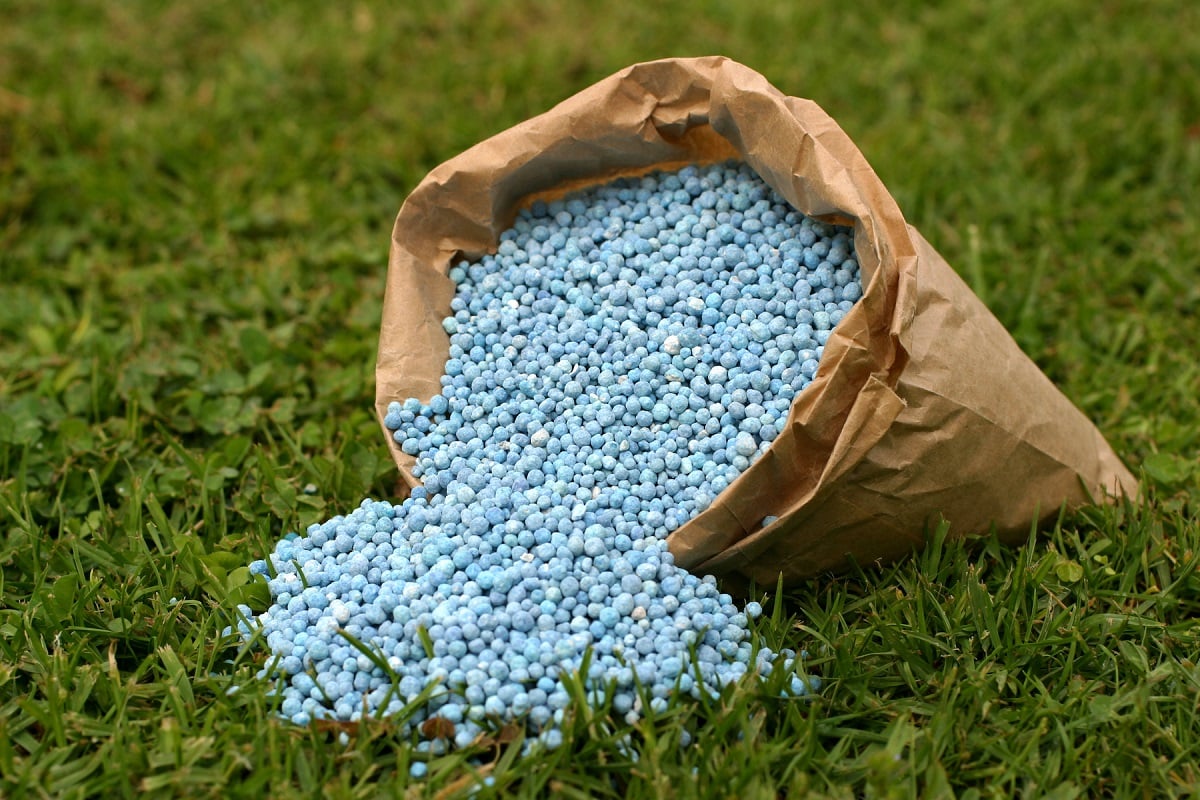
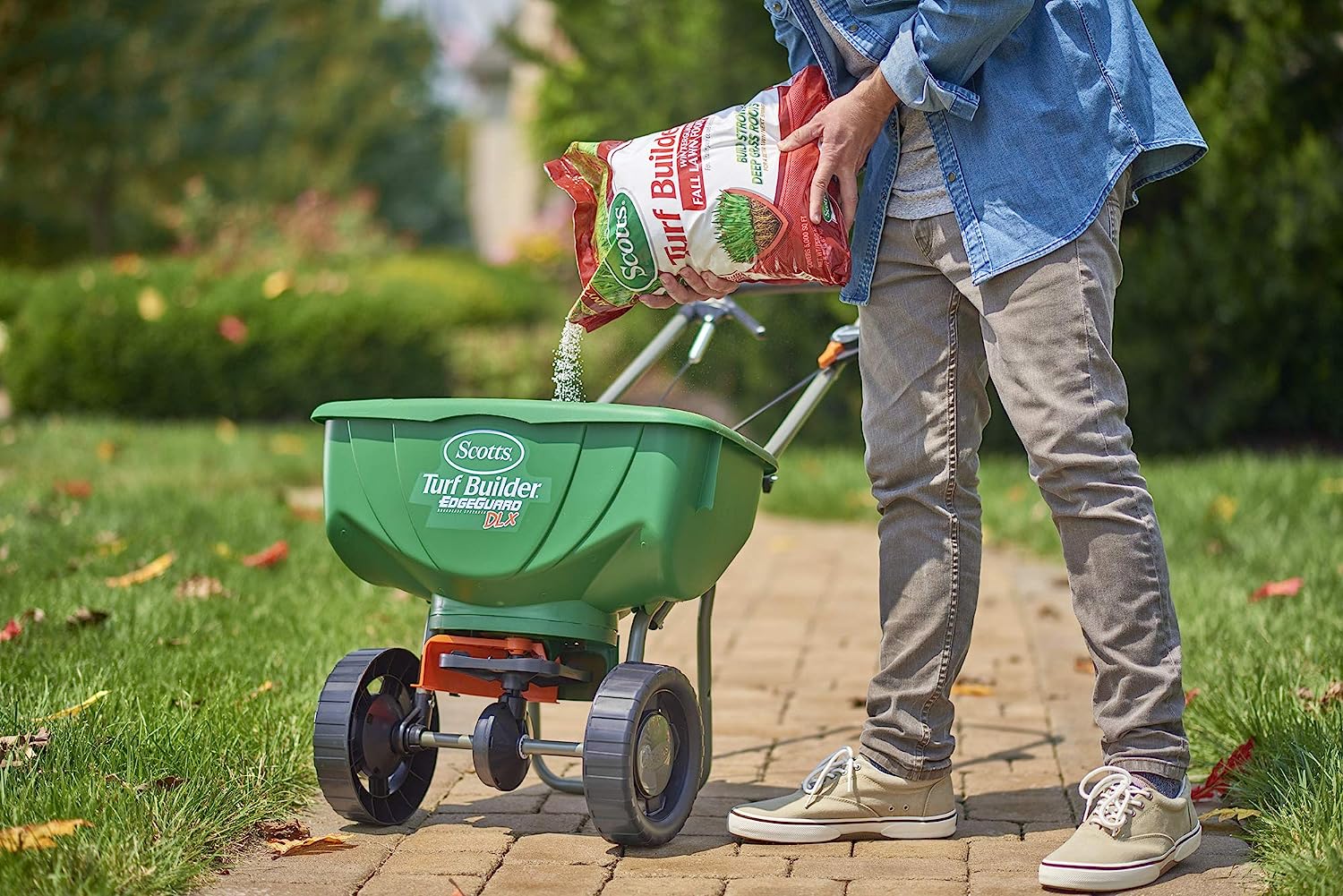
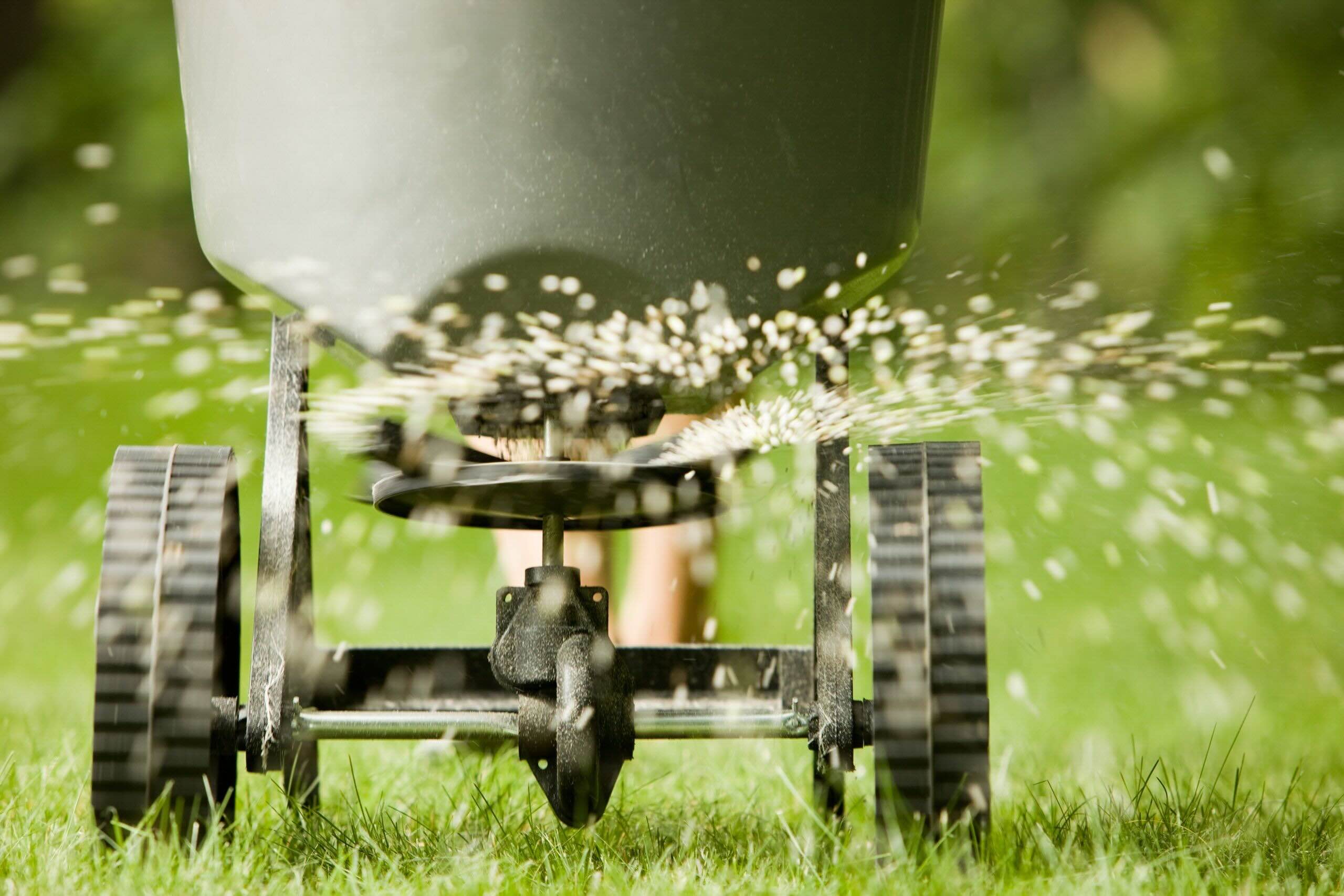
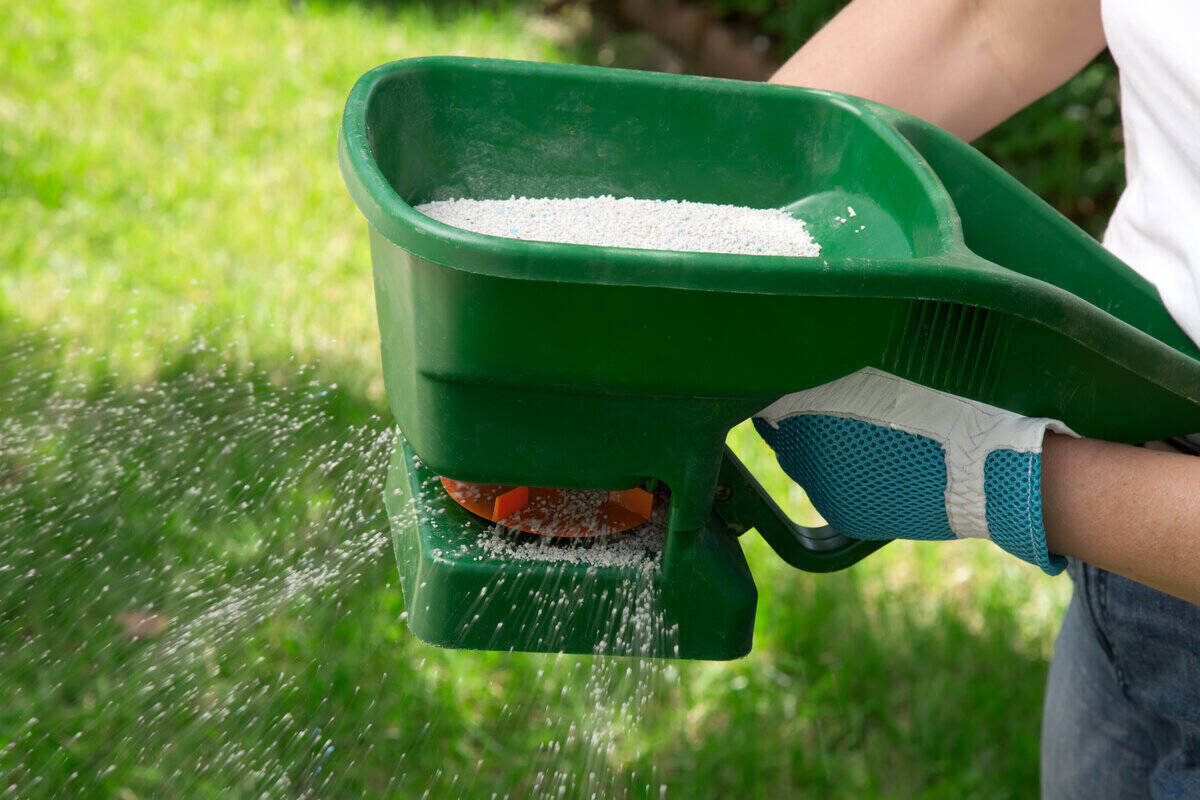
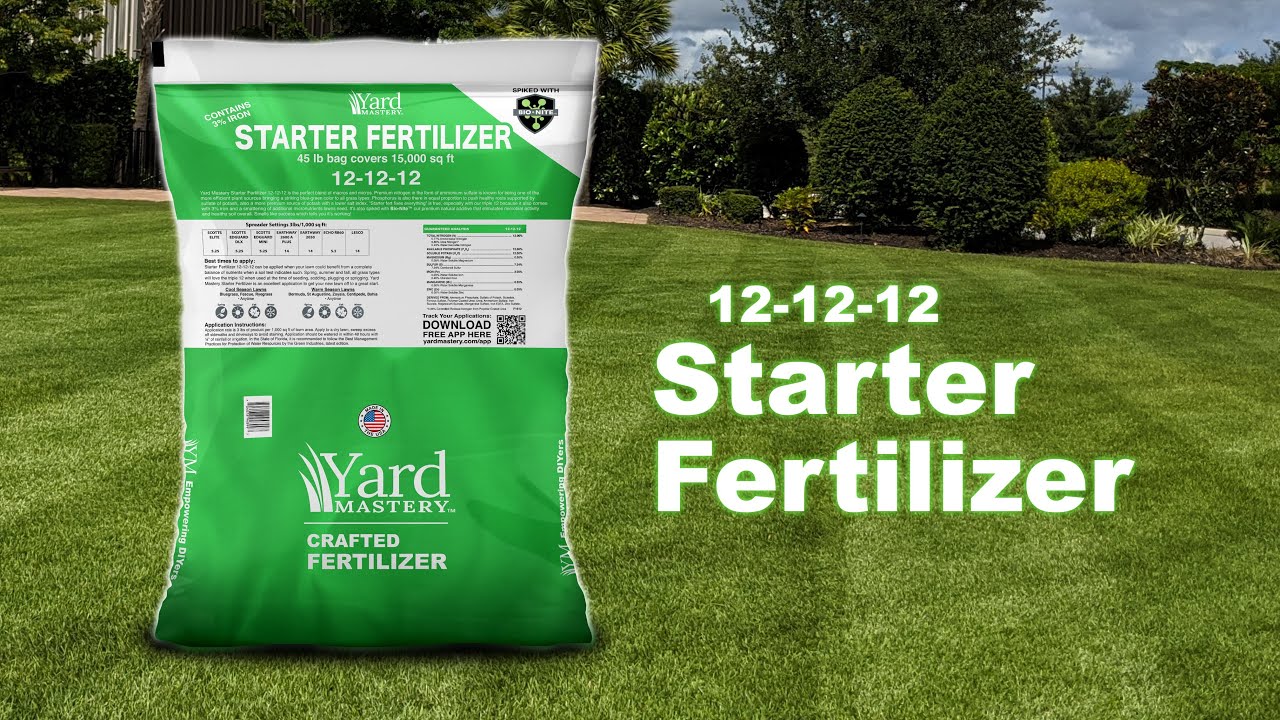

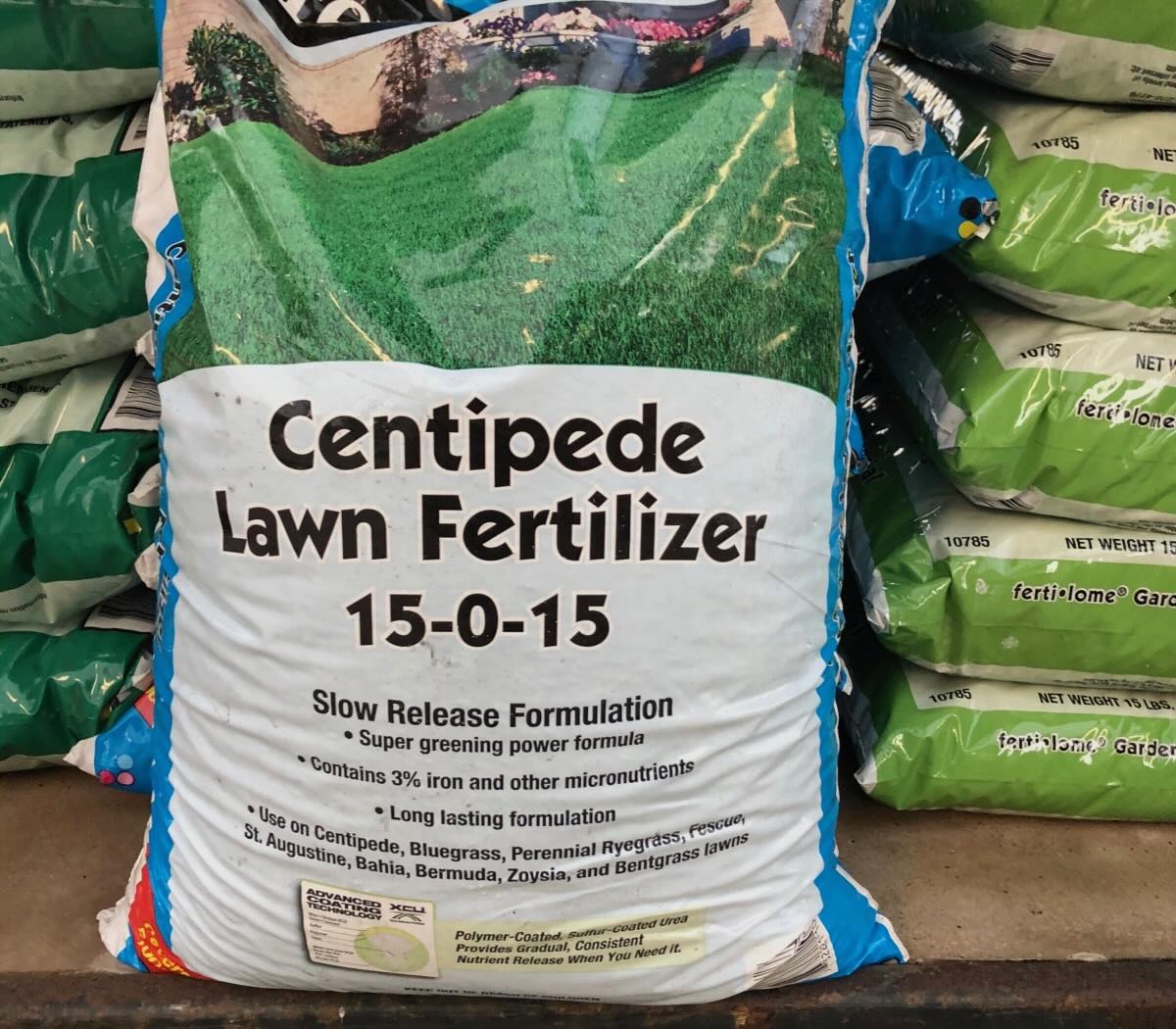
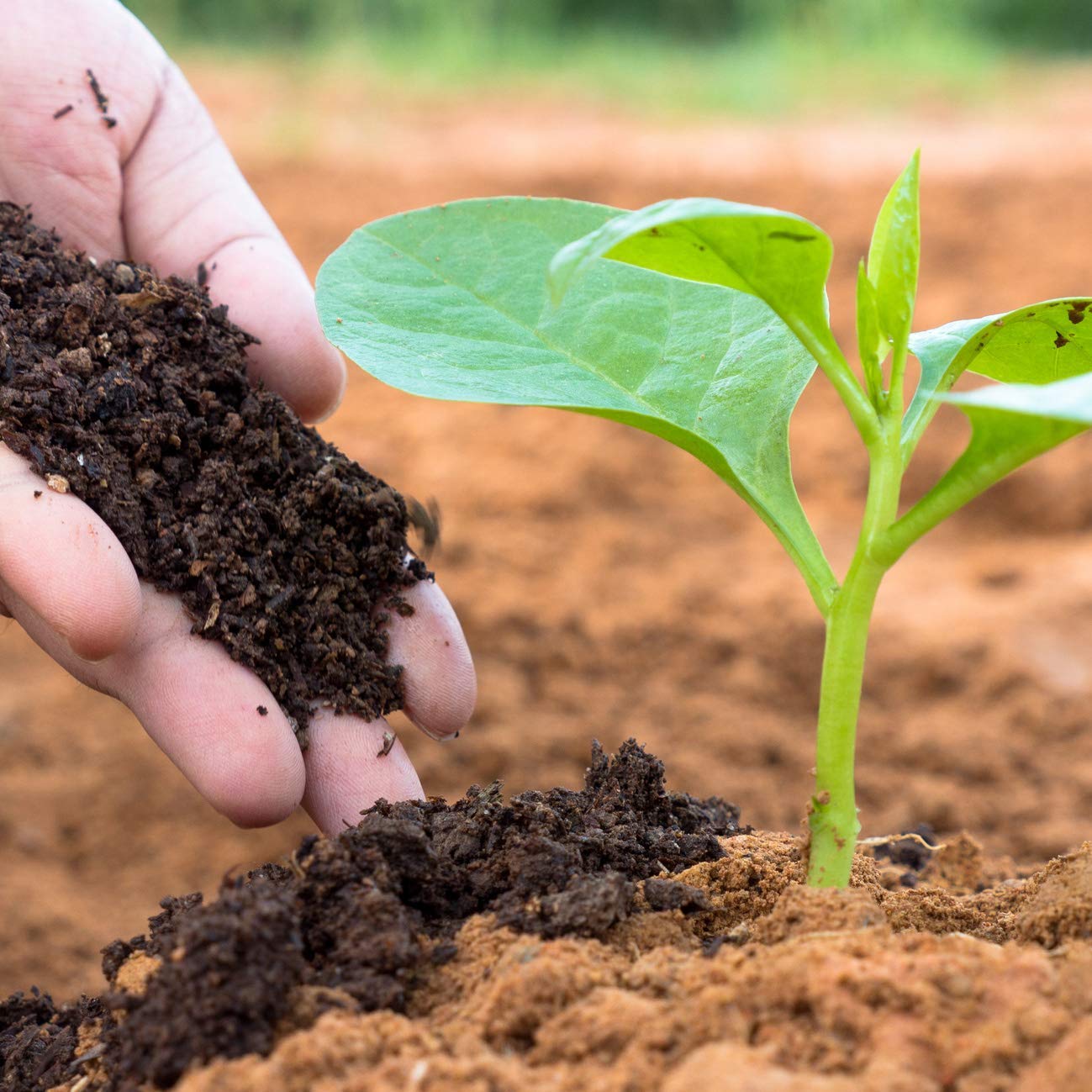
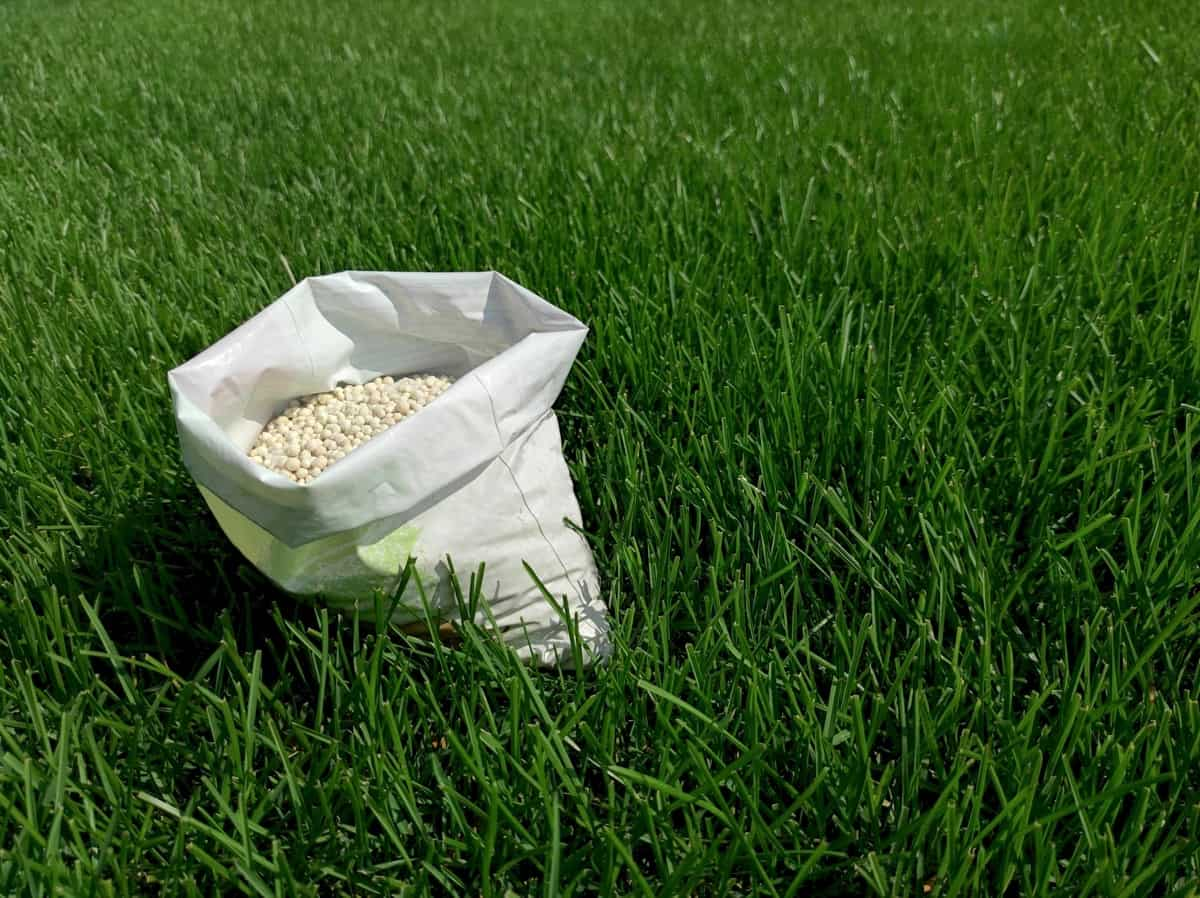
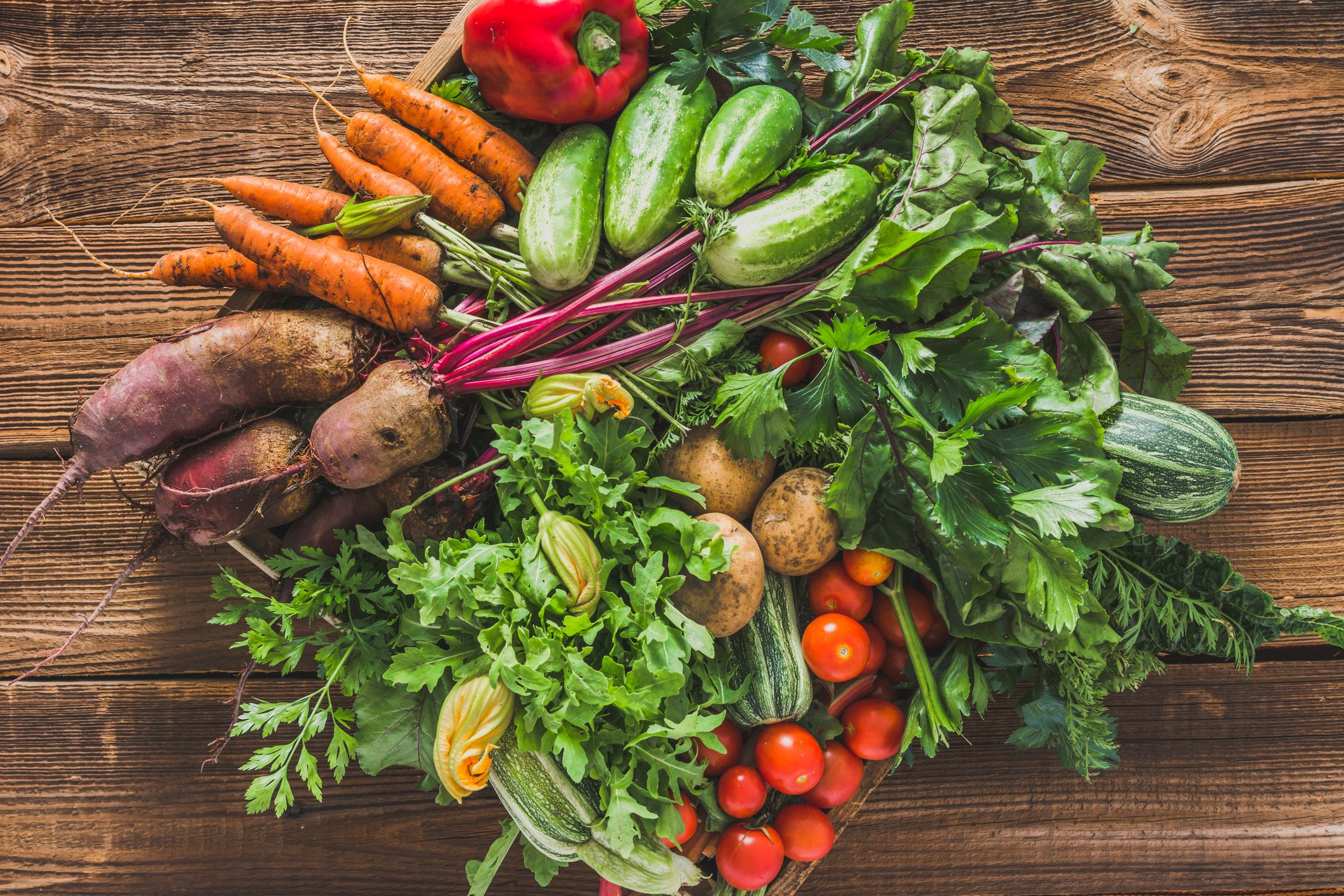
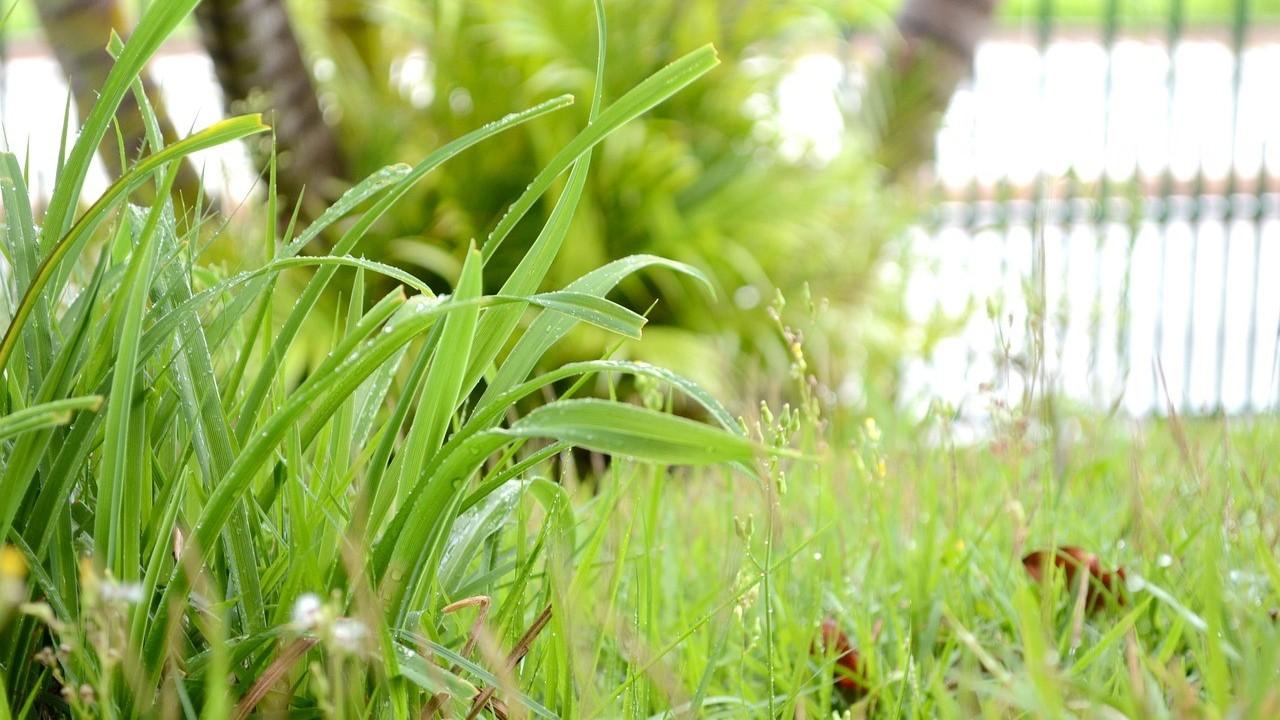
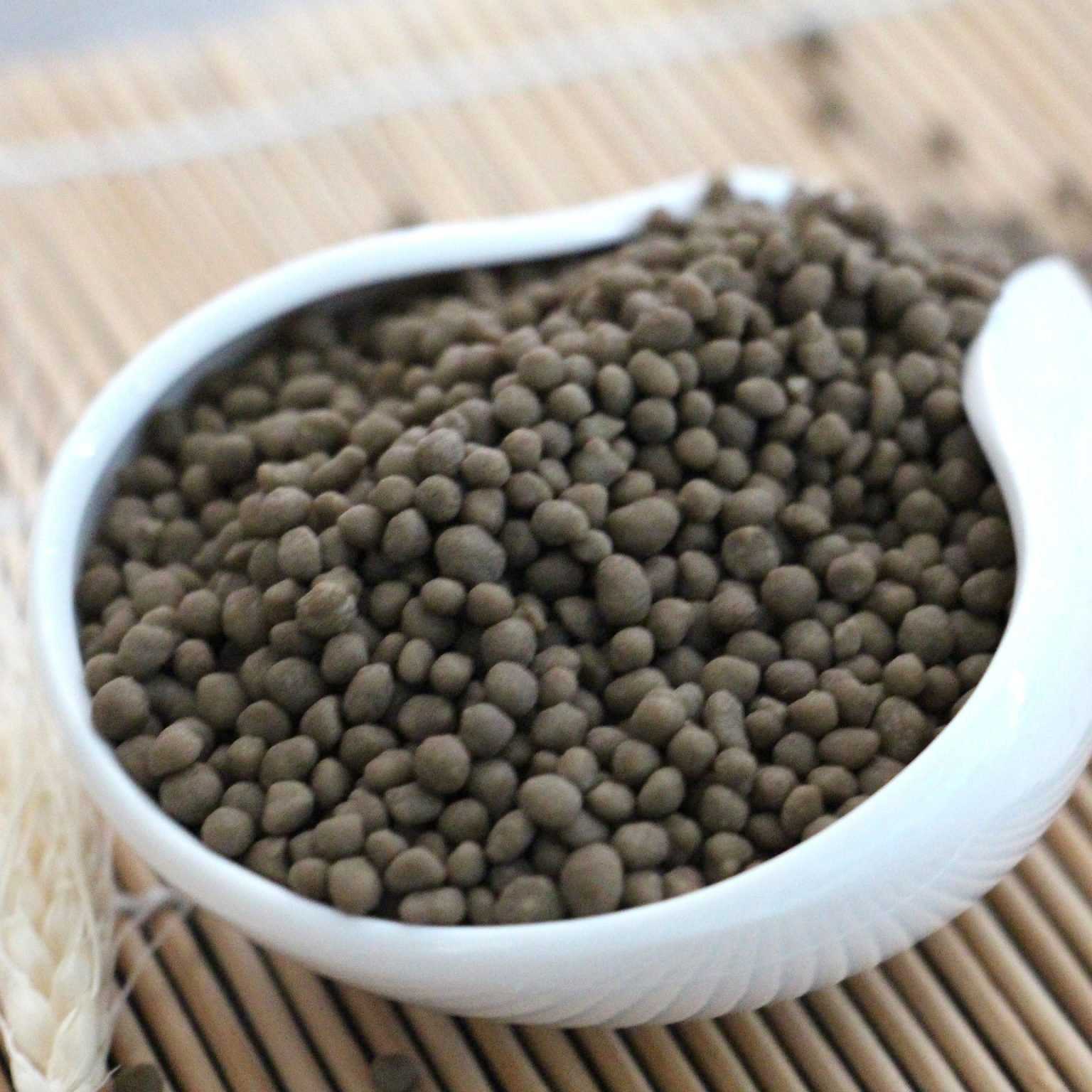


0 thoughts on “What Fertilizer To Use In Fall”